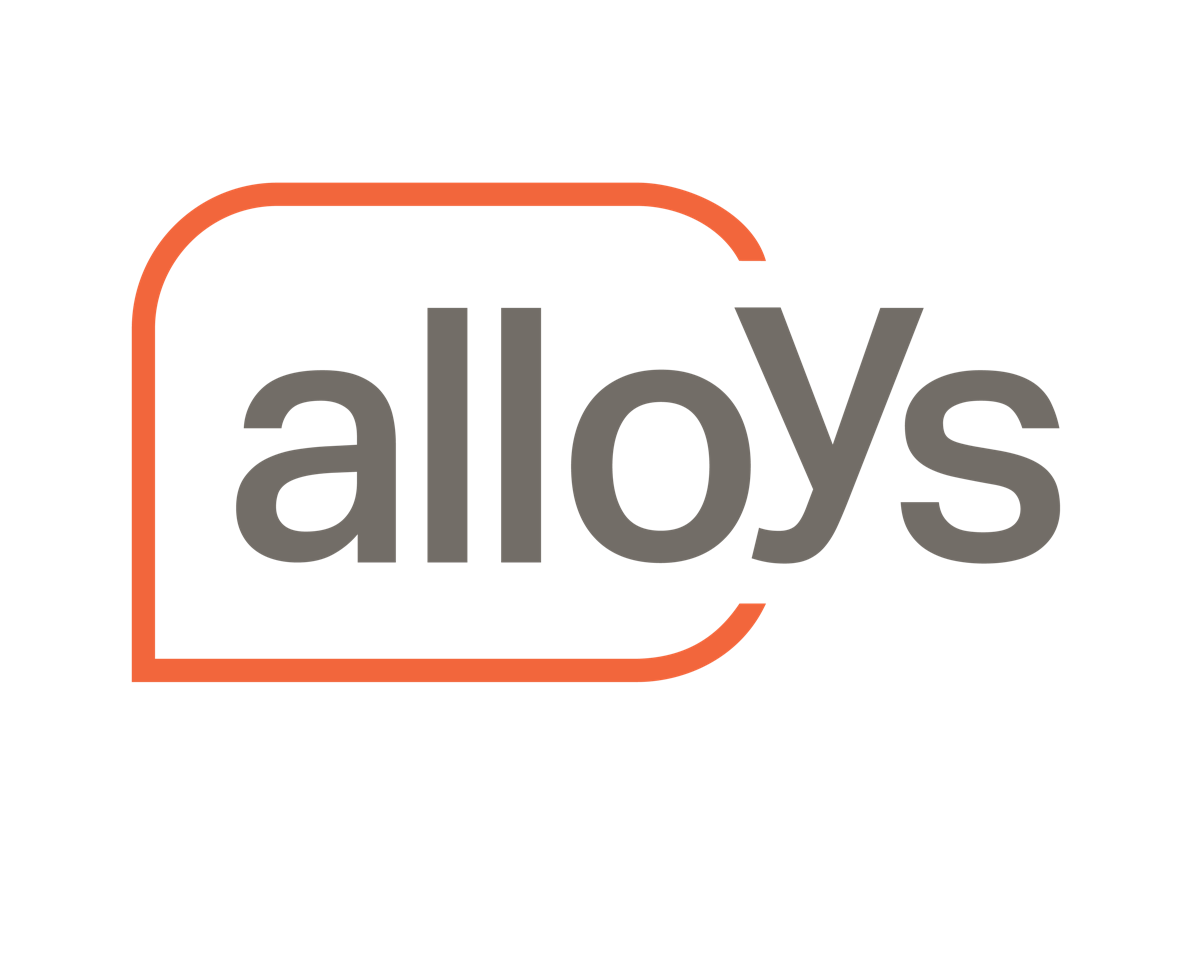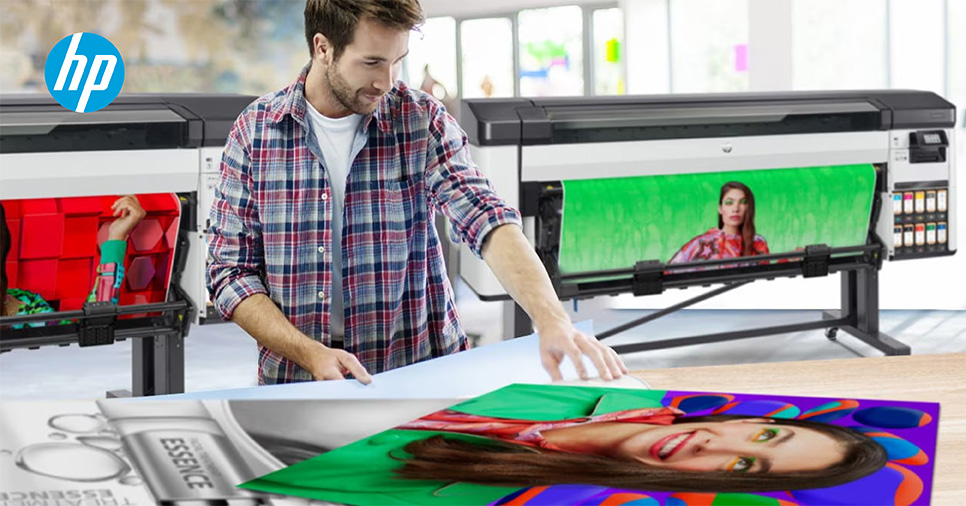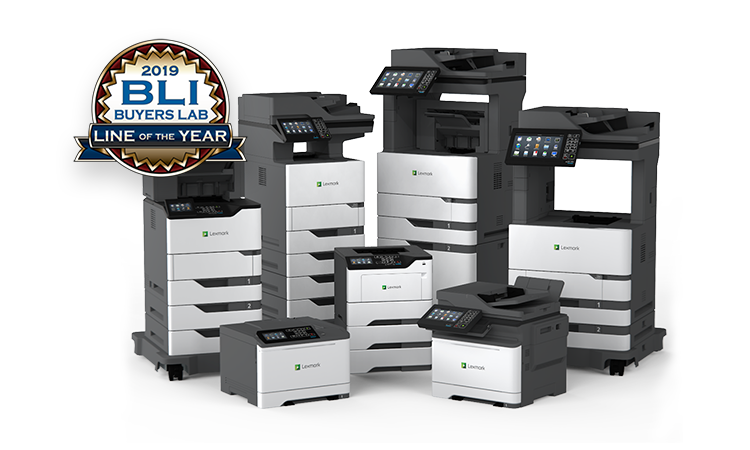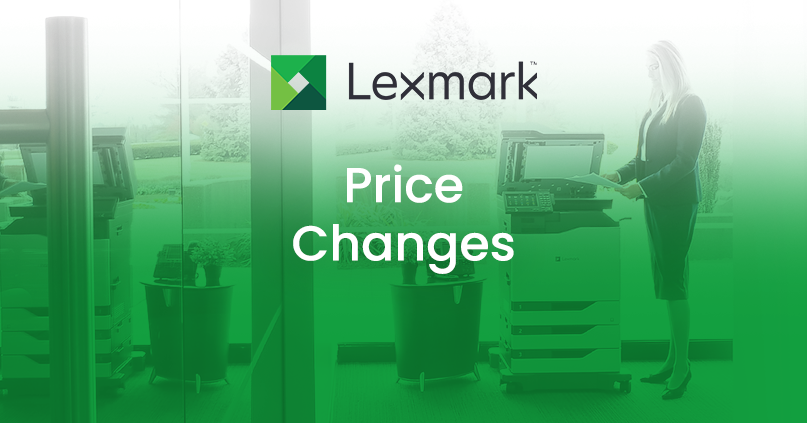Remember the 20th century predictions of paperless offices being right around the corner? If the average desk is anything to go by, it still plays host to piles of forms, instruction manuals, printed emails, business cards, marketing paraphernalia and meeting agendas.
Today’s office workers handle high amounts of digital content, on a far greater scale than paper documents, but, like the hoverboards famously promised by the ‘Back to the Future’ film in 1985, it seems that, for the most part, the paperless office still eludes us.
Two overt reasons to reduce paper usage would be to reduce waste and save money, however, decreasing paper usage in the office can also result in higher efficiency and increased productivity levels throughout an organisation. Yet businesses wanting to digitise such benefits can be overshadowed by the somewhat daunting task of converting years of paper files into accessible, digital documents.
Scanning documents one-by-one is highly labour-intensive and scanned archives can also lead to documents that, despite taking up less space than their paper-based counterparts, are clunky and difficult to use.
In order to best use information in digitised documents, the text within them must become ‘accessible’. For staff, this means editable or searchable information and for machines this means encoded information like optical character recognition (OCR) technology, which translates images and inaccessible PDF files into ‘machine-readable’ and ‘searchable’ information.
This is hugely time-saving, enabling staff quick access to documents within an intelligent centralised system, which is crucial to improving efficiency, productivity and profitability for businesses. Of course, transitioning to a paperless office requires both time and money, but there has never been a better time to make the change.
As the amount of information companies hold grows exponentially, the savings in time and increase in productivity levels demonstrate that investing in automation quickly pays off. For companies who want to stay ahead of the curve, digitising paperwork is an essential investment in the age of automation.
The most important thing, is to make sure that you are in control of your paper, your paper is not in control of you.












